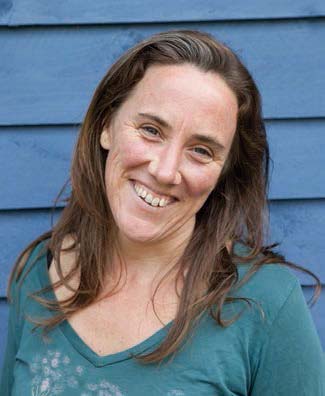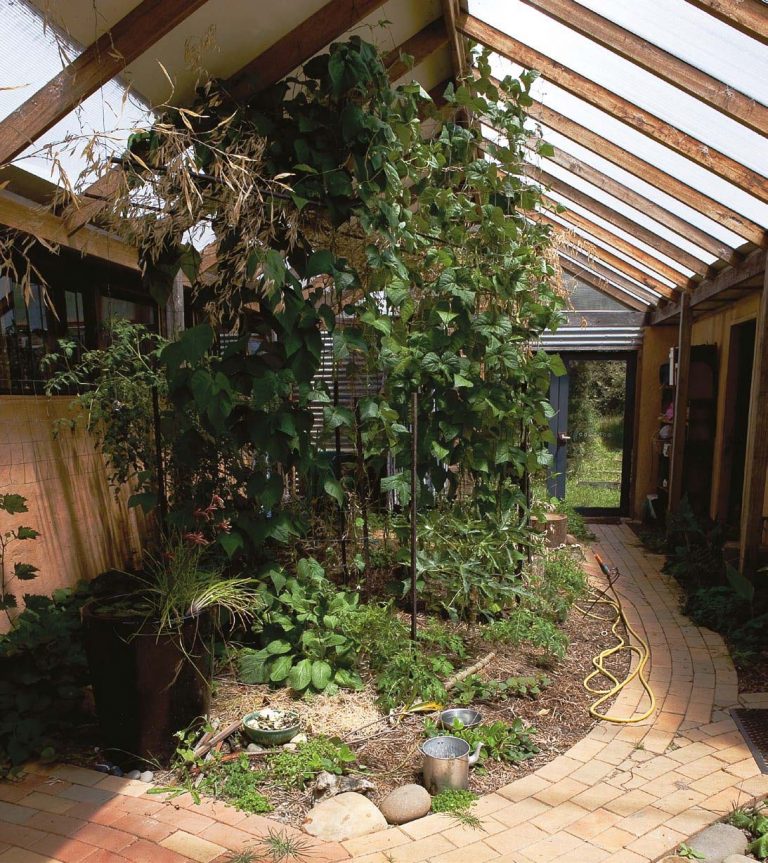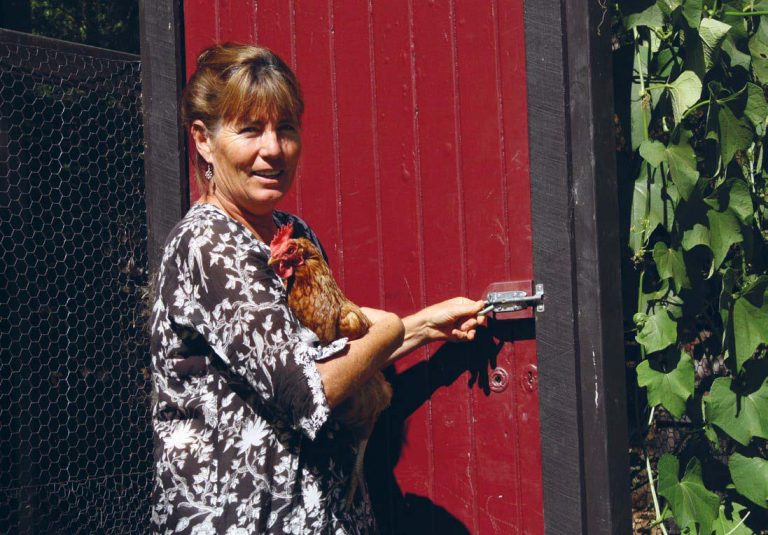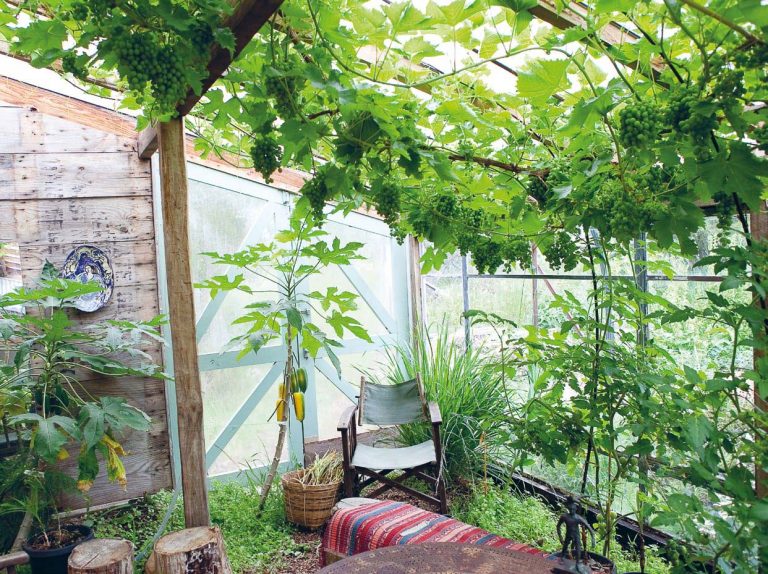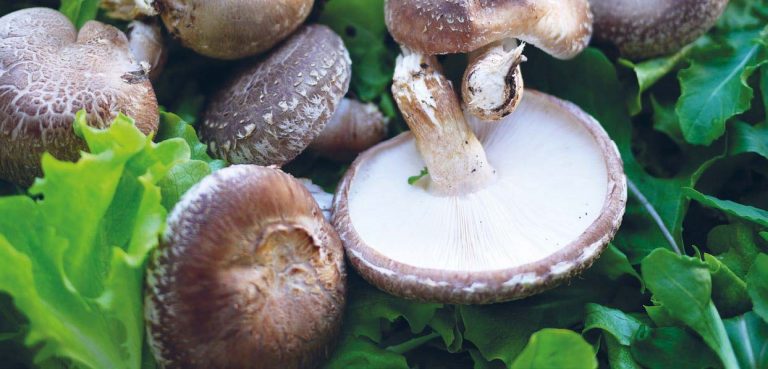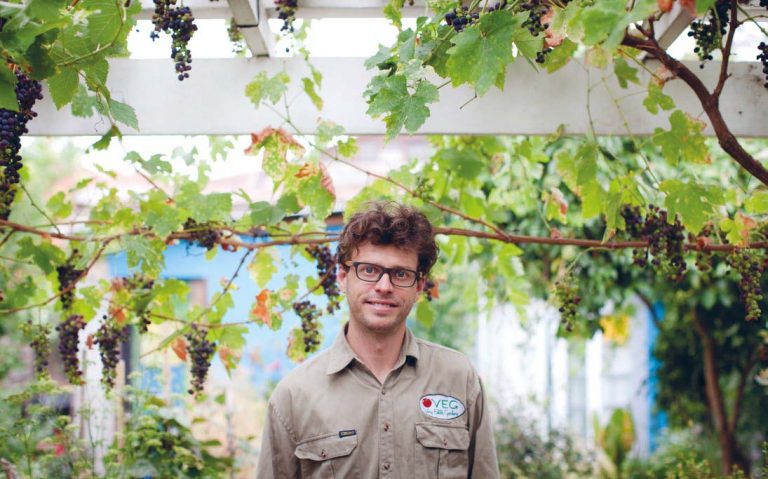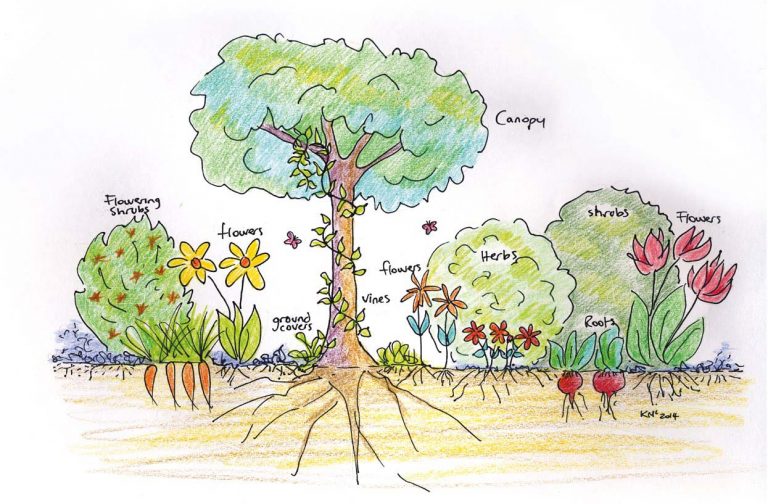Deep Ecology

Deep ecology has its origins in the ideas of Norwegian ecophilosopher Arne Næss. His ideas include the concept of Gaia: that this planet we live on is a living earth; that all living things are part of the web of life; and that we humans are just another strand in that interconnected web.
It is through expanding our sense of self, and building our awareness and appreciation of connectedness, that we naturally change the way we behave in our daily lives, taking responsibility for our actions on the planet, and being part of what ecophilosopher Joanna Macy calls ‘the work that reconnects’.
There are many practices within deep ecology, but at their core they invite us to connect with a larger sense of self – the self that includes our ecological identity and sense of our place in the web of life. It is an approach that allows us to face the challenges of living in the world at this time.
Sometimes the storm of world events or even the domestic chaos of children, lunches, work and life can crowd out the voice of the earth.

